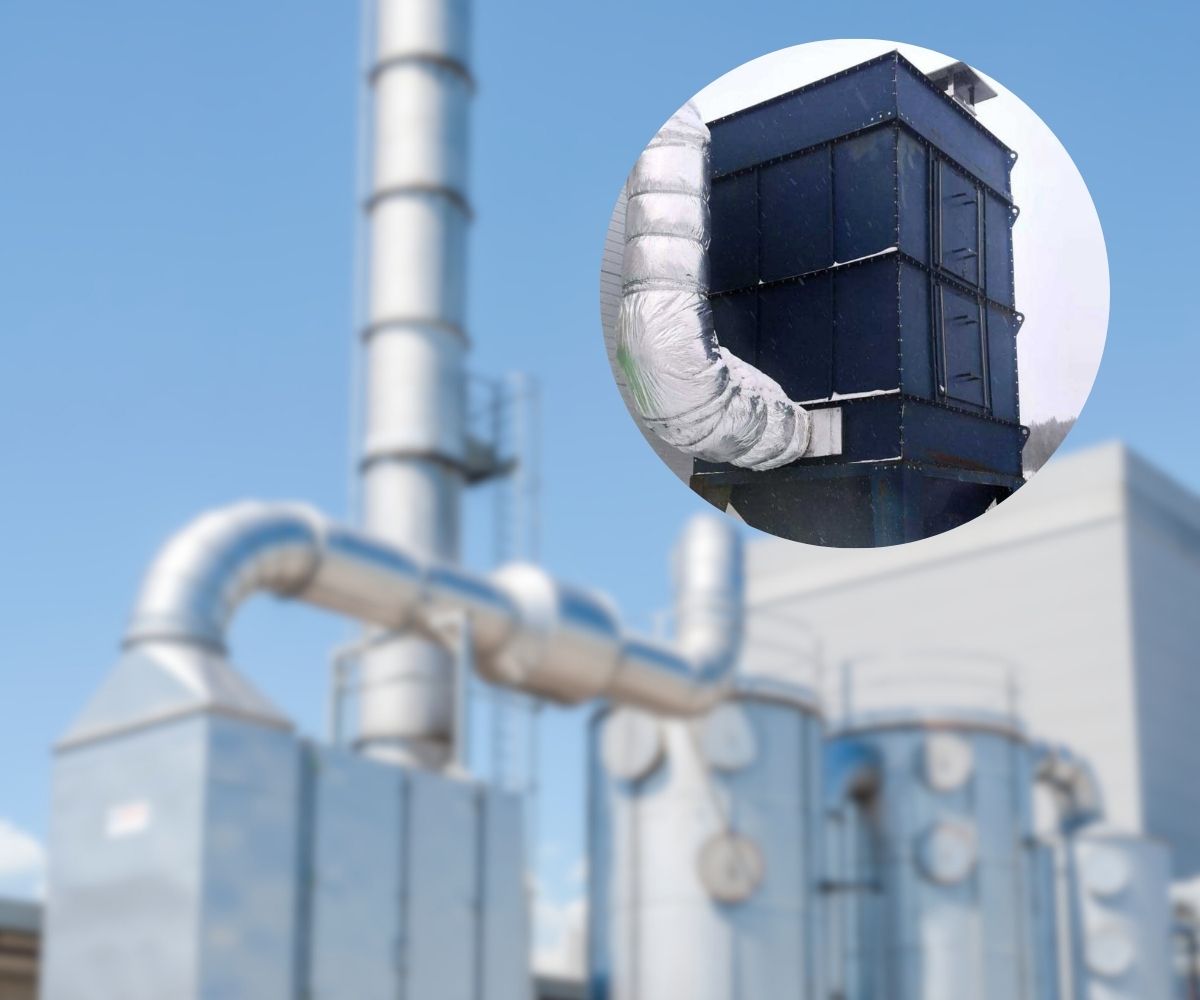Understanding the Importance of Baghouse Differential Pressure in Industrial Filtration Systems
Baghouse differential pressure is a critical parameter in the operation of industrial filtration systems, playing a key role in maintaining optimal performance and extending the lifespan of filter bags. Understanding this pressure differential is essential for industries relying on baghouses for efficient air pollution control.
Definition and Measurement
Baghouse differential pressure, often referred to as ΔP, represents the pressure difference between the dirty air side (inlet) and the clean air side (outlet) of the filtration system. It is measured in inches of water gauge (inWG) or pascals and serves as a reliable indicator of the filter’s condition.
Monitoring for Filter Saturation
One of the primary purposes of tracking baghouse differential pressure is to assess filter saturation. As particulate matter accumulates on filter surfaces, the pressure drop across the system increases. Continuous monitoring allows operators to identify when filters reach their capacity and require cleaning or replacement.
Optimizing Cleaning Cycles
Baghouse cleaning cycles are often triggered based on the differential pressure reaching a predefined setpoint. By aligning cleaning actions with actual filter loading, industries can optimize the cleaning process, reducing energy consumption and extending the life of filter bags.
Preventing System Overload
Excessive baghouse differential pressure can lead to system overload and decreased airflow. This not only compromises the efficiency of the filtration process but also poses a risk to the entire industrial operation. Regular monitoring and timely interventions help prevent such issues, ensuring uninterrupted production.
Importance for Regulatory Compliance
Maintaining baghouse differential pressure within specified limits is crucial for regulatory compliance. Many environmental standards prescribe maximum pressure differentials to ensure effective particulate capture. Adhering to these limits is essential for industries seeking to meet environmental regulations and maintain a responsible operational footprint.
Advanced Monitoring Technologies
Modern baghouse systems often integrate advanced monitoring technologies to provide real-time data on differential pressure. Automated systems can trigger cleaning cycles precisely when needed, enhancing overall system efficiency and reducing operational costs.
In conclusion, baghouse differential pressure serves as a vital metric for the effective operation of industrial filtration systems. Its role in indicating filter saturation, optimizing cleaning cycles, preventing system overload, and ensuring regulatory compliance underscores its significance in maintaining clean air standards within industrial environments. Industries must prioritize regular monitoring of baghouse differential pressure to uphold operational efficiency and environmental responsibility.


